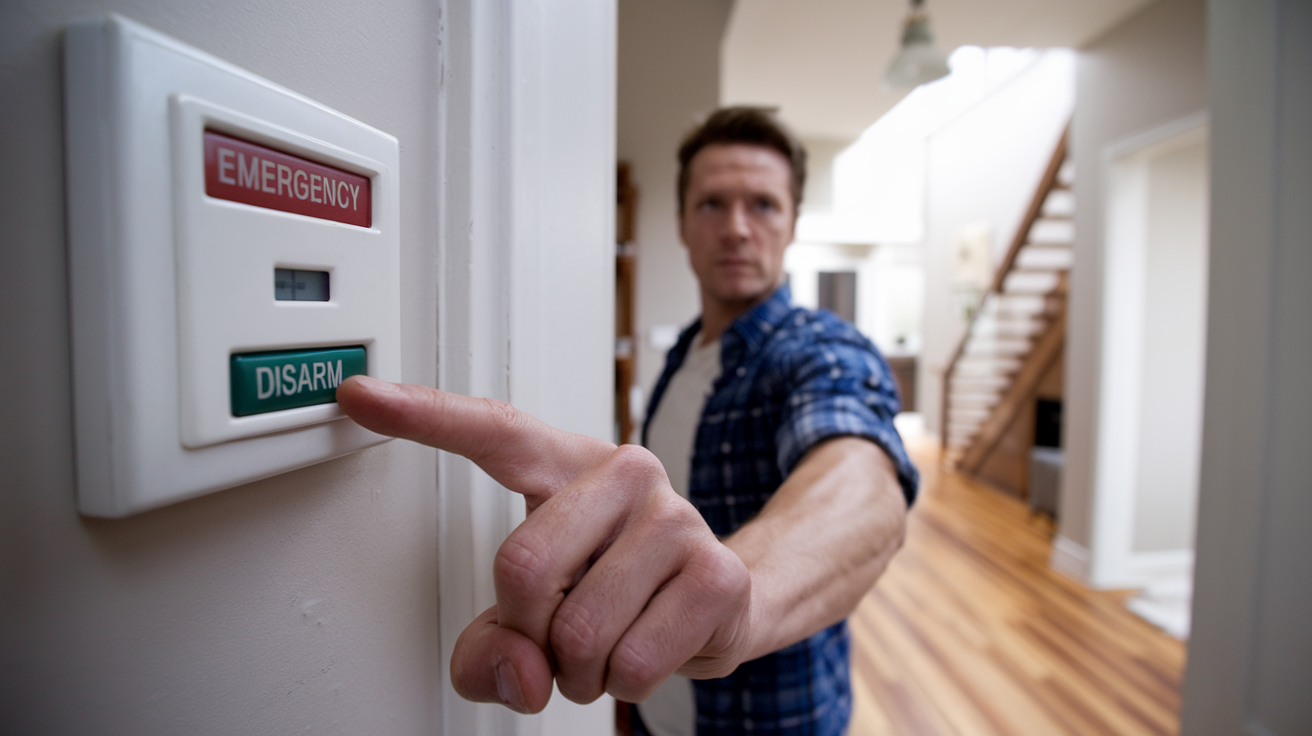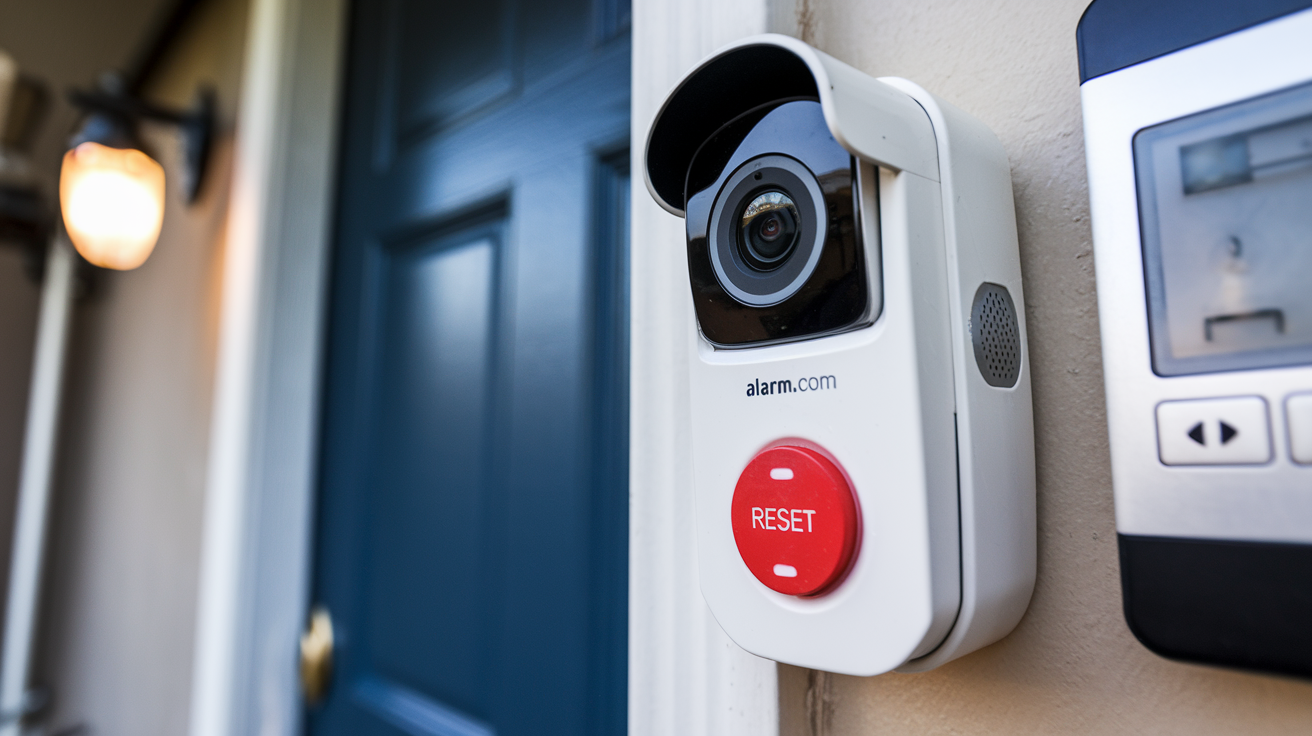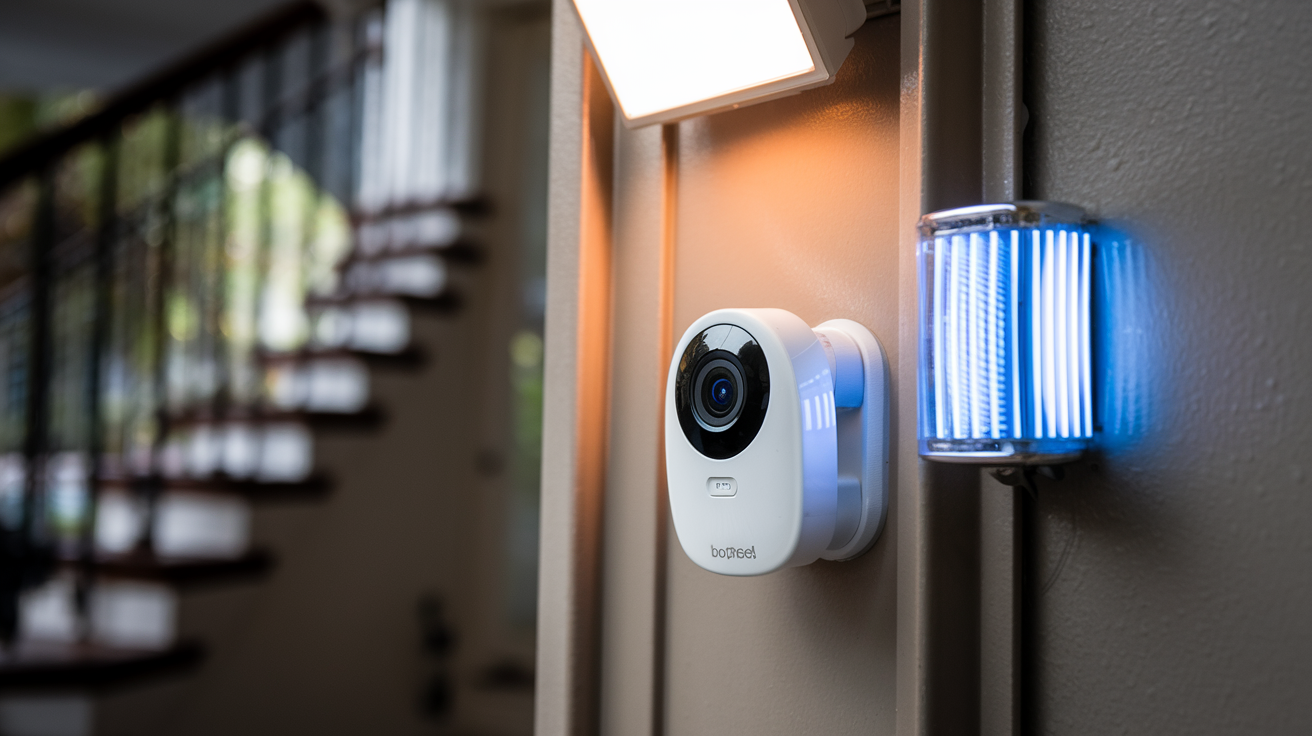Waking Up with an Alarm Clock Ringing is Never Easy. Fortunately, you got a new Home Security System for your home last year which came with motion sensors, door and window contacts, a keypad control panel, and more. But This Morning, You are Dressing up for work with a Couple of Blaring Sirens Waking You up from Every Corner of the House. Oh, Wait You Left Your Home Alarm System On While Transferring Around Sweet Home!
Don't Panic. By Following These Few Procedures, It Is Possible to Stop That Noise and Stop the Monitoring Station from Calling the Police or Firefighters to False Alert. You are going to know very easily and quickly how to disarm or shut down the Home Alarm System within one or two minutes.
Locate Your Keypad The first stage is to locate the keypad. In most instances of home alarm systems, this will be a small panel installed on a wall close to the main entry door of your home. It may look like a stylish part of your interior design or it can be more practical and it has gray plastic casing. The keypad has a feature that enables you to arm and disarm the system by entering a numeric code.
Note the type of keypad that is being used. It involves products from Honey Well, DSC, GE, and so on. It is important to note that regardless of the brand, the overall process of shutting down the system is generally the same, although the key combinations may slightly vary. Below are descriptions of some of the systems that are frequently used:
Enter Your Passcode This is followed by loud sirens ringing all over the house and the final procedure is to enter your master passcode on the keypad with numbers. For default codes, use 1-2-3-4 or 1-2-3-4-5 in case any challenge is faced. Or if you have created your custom passcodes, please enter your 4 to 6-digit pass now.
In some panels, you need to push a button, for instance, “Off” or “Disarm,” to gain entry into the code. The process should turn off the audible alarm within 5 to 10 seconds indicating the system is disarmed, and you can move around the interior without setting off more sensors.
As a last resort, press # or * after immersing your full code to check and deactivate the system in case it’s not effective. Or long-press the “Off” button for about 2 seconds after keying in your code. Make sure to check if there are blinking LED lights or beeps that could signal improper codes or issues.
What If It’s Still Going Off? However, if you have entered a valid master code and the alarm sirens keep on sounding, then this may indicate a fault or trouble condition which may include an open door.
Look to see if there are any slowly flushing red zone lights on the keypad that are associated with open door/window sensors. This should lock the mentioned areas and close the door/window completely; then, step out of the car for one minute to allow the sensor to work; try the master code once more. The alarm should now stop beeping.
Concerning smoke and fire alarms, ensure that there is no actual emergency or smoke/fire condition that is causing those devices to go off. This means that the security system and the safety devices are two distinct systems but their operations can be interlinked.
I’ve Forgotten My Code! Forgotten the home alarm passcode? Don’t sweat it. But there are other ways to disarm and reset the system if that is necessary. Here are some backdoor techniques depending on which keypad model you own:
Honeywell/Ademco – Dial 4112 or use the master installer code 4140. Both codes should help to temporarily disable alarms in most Honeywell security systems. You can then create a new main passcode using the programming menu as a way of coming up with a new command.
GE/Caddx – you can try the override codes 0000 or 1234 to disarm and then program new user codes after that. Or go to programming mode with the master code 5555 or 6454 if you have the GE alarm system.
DSC Keypads – The override code should be set just by the installer, it is better to start with the 999. Switch on the TV and go to the programming mode using the installer code 5555.
Napco Keypads – These may read either 999 or 9999 as emergency or duress codes to neutralize the alarm in cases where the codes are forgotten or lost.
Make Sure Batteries Are Replaced A drained battery in any of the security system devices can also be a hindrance to the disarming of the home alarm. Many systems begin beeping, chirping, or displaying ‘battery low’ signals when power is depleted. Most problems can be avoided by replacing batteries every year.
Key fobs, door/window sensors, motion detectors, glass breaks, and keypads have low-cost lithium coin cell batteries that are easy to replace. Look for corrosion, insert a new battery see if the sensor gives any trouble lights, and have another year of protection.
Regular Alarm System Testing As for the alarm issues, there should be no problem with Google Home testing the arming and disarming functions of the home security system periodically. Just turn on the system as you walk out this morning by entering the master code and wait for the exit delay to finish, and also try entering the code to come back “home” as how it went today.
Did you manage to catch it going off by accident? No problem! Sometimes you purposely set off the alarm (and disarm it immediately afterward) to ensure that all the sensors, keypad codes, batteries, and overall functionality are in order in case real break-in alarms occur.
Registering with Alarm Monitoring Services Home alarm systems are even more effective when they are monitored by a security company to alert you in case of an invasion. For less than a dollar a day, alarm monitoring services monitor for any activity at your home and alert the police earlier than you could do with the push of a button.
While shopping for monitoring plans, make sure to get it from a reputable company like ADT, Vivint, Bay Alarm, SimpliSafe, LifeShield, or Frontpoint among others. In this case, one should compare the monthly rates, contract terms, and high technology features such as blood cellular backup, smart home integration, video monitoring, and instant notifications to the phone.
DIY Security System Options With today’s do-it-yourself security systems, self-installation is as easy as connecting modular components and using apps on your smartphone or tablet. SimpliSafe, Ring, Abode, and Nest Secure have customizable professional alarm monitoring on a pay-as-you-go basis to ensure your home is safe at all times without being tied down to an annual plan.
Well, at least don’t allow that loud siren to do its job on you again. This brief guide will help you in silencing the alarm system in your home; Then strengthen security by changing the batteries frequently, doing security checks often, and/or enrolling in upgraded monitoring services in case you are away on a holiday. Protect your home and keep it safe and burglary-free, and get the alarm that fits your needs and pocket!
Protect your home today with ADT’s top-rated security solutions!
Call now at +1 877-470-7879 to get a free consultation and find out how you can secure your home with the best in the business. Don’t wait—ensure your peace of mind with ADT!







